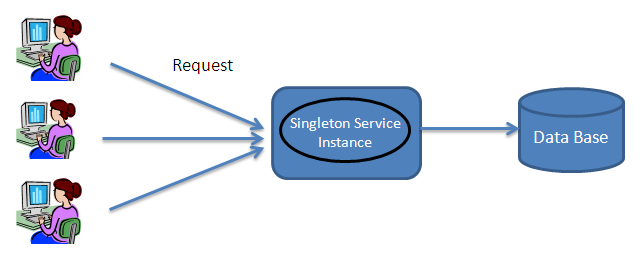Member-only story
Understanding Design Patterns in Ruby on Rails: A Practical Guide with Examples 🚀
Design patterns are reusable solutions to common problems in software design. They provide a way to structure your code effectively and efficiently. In Ruby on Rails, utilizing these patterns can lead to cleaner, more maintainable code. Let’s explore some of the most commonly used design patterns and see how you can implement them in your Rails applications. 🛠️
1. Singleton Pattern 🦄

What is it?
The Singleton Pattern ensures that a class has only one instance and provides a global point of access to it.
When to use?
Use it when you need exactly one instance of a class and you want to control access to it.
Example in Rails:
Imagine you have a service class that manages configurations and you want to make sure there’s only one instance of this service.
class ConfigurationManager
include Singleton
def initialize
@configurations = {}
end
def set(key, value)
@configurations[key] = value
end
def get(key)
@configurations[key]
end
end
# Usage
config_manager = ConfigurationManager.instance
config_manager.set(:api_key, '12345')
puts config_manager.get(:api_key) # Output: 12345








